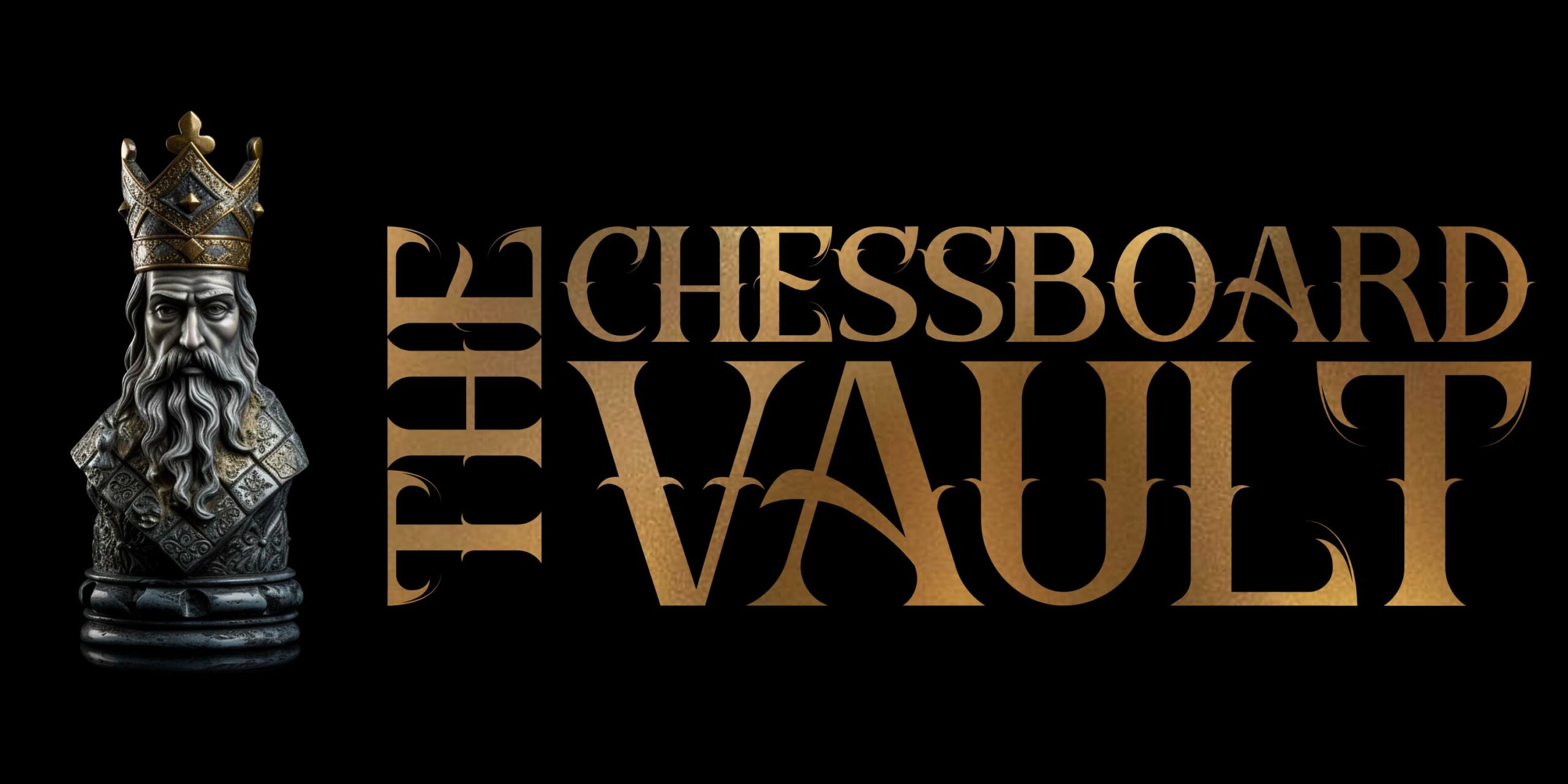When one thinks of chess, certain iconic names invariably come to mind, and Garry Kasparov’s stands tall among them. The very mention of Kasparov evokes memories of intense battles on the 64-square board, moments of sheer brilliance, and a career that has left an indelible mark on the annals of chess history. In the world of chess, the name Kasparov is synonymous with genius, strategy, and unparalleled skill. Now, with the unveiling of the Garry Kasparov Masterclass, we are presented with a golden opportunity: a chance to step inside the mind of this chess legend and uncover the secrets of his mastery.
This Masterclass is not just another chess tutorial; it’s a journey. It delves deep into the intricate workings of Kasparov’s thought processes, his strategic planning, and the nuances that distinguish the play of a world champion from that of an amateur. Kasparov, with his characteristic flair and depth of insight, unravels the mysteries of the game, guiding students from the foundational concepts to the advanced tactics that have crowned him a grandmaster multiple times over.
While the technical intricacies of chess are undeniably important, Kasparov’s Masterclass goes beyond just moves and strategies. It captures the essence of what it means to think, act, and react like a champion. The lessons are interwoven with personal anecdotes, tales of historic matches, and the very philosophy that has shaped his approach to the game and life itself.
For both avid chess enthusiasts and those newly initiated into the game, this Masterclass promises a transformative experience. Whether you aim to refine your strategies, understand the grandmaster mindset, or simply gain a deeper appreciation for the game, this journey with Kasparov is bound to leave you enlightened and inspired.
Join us, as we delve into this captivating exploration of chess through the eyes of one of its greatest ever exponents: Garry Kasparov.
Overview the MasterClass Offering
Garry Kasparov’s MasterClass is a unique dive into the enigmatic world of chess, guided by one of its most legendary figures. When you hear the name Garry Kasparov, it’s almost synonymous with unparalleled excellence in the realm of chess. His MasterClass isn’t just about moving pieces on a board, but an exploration of strategy, foresight, and the deep intricacies that make chess a globally respected game.
The Garry Kasparov MasterClass takes participants on a journey from the foundational principles of chess to the advanced strategies that can take a player from amateur status to a more refined level. Starting with the importance of openings, Kasparov unravels the layers of strategy that can make or break a game in its initial stages. The middle game, often seen as the heart of any chess match, is dissected with Kasparov’s keen eye, elucidating on both tactical and positional plays.
But what truly stands out in this offering is the emphasis on the psychological aspect of chess. Kasparov delves into the mindset required to face opponents, detailing how to prepare mentally for each game, and how to harness intuition effectively. His insights into preparing for specific opponents are particularly enlightening, revealing a side of chess that often goes unnoticed by casual players.
For those entranced by Kasparov’s iconic matches, the MasterClass also includes an analysis of some of his most celebrated games. Through these, students gain a firsthand look into the grandmaster’s thought processes and the reasoning behind each move. Furthermore, Kasparov’s experiences with computer chess, including his famous matches against IBM’s Deep Blue, are discussed, offering a reflection on the relationship between technology and the game.
Foundations of Chess
The Garry Kasparov MasterClass is more than a typical tutorial on chess. It’s a panoramic view of the game through the eyes of a grandmaster, and one of the most enlightening sections delves into the very foundations of chess. Kasparov emphasizes that understanding these foundational principles is paramount for any budding chess enthusiast. It’s not just about knowing how each piece moves, but grasping the deeper significance of each move in the grand scheme of the game.
In the Garry Kasparov MasterClass, the importance of opening sequences is underscored. But instead of merely presenting a series of memorized moves, Kasparov stresses the need to comprehend the underlying logic. Why do certain openings dominate the world of competitive chess? It’s because they set the player up for a robust middle game. They establish control, provide flexibility, and open avenues for tactical and strategic depth. By internalizing the motives behind opening choices, players can adapt to unforeseen circumstances and innovate on the fly.
But the foundational lessons don’t stop at openings. Kasparov dives into the intrinsic value of each piece, explaining how to maximize their potential. He speaks about positional understanding, and the ability to see the board not just as a combination of individual pieces but as a cohesive unit. This skill, Kasparov notes, is what distinguishes great players from good ones.
Furthermore, he discusses the significance of pawn structures and how they can dictate the flow of the game. These ‘foot soldiers’ might seem inconsequential at first, but in the hands of a master, they can shape the battlefield.
To encapsulate, the foundational teachings in the Garry Kasparov MasterClass reshape one’s understanding of chess, ensuring that learners view the game with depth, appreciation, and strategic insight.
Opening Mastery
In the world of chess, the opening sequences lay the groundwork for the ensuing battle, setting the stage for either triumph or defeat. The Garry Kasparov MasterClass offers an illuminating deep dive into the art of Opening Mastery. Kasparov, with his unparalleled expertise, guides learners through the intricacies of the opening phase, revealing not just the how, but also the why behind each move.
While many players memorize standard openings, the Garry Kasparov MasterClass pushes beyond mere rote learning. Kasparov emphasizes the underlying strategy behind popular openings. He explains that true mastery lies not in merely knowing the moves but understanding their purposes. Are you aiming to control the center? Perhaps you’re setting a trap or aiming to unbalance your opponent early on? Recognizing the objectives of various openings allows players to be versatile, adapt, and even pivot when faced with unexpected responses from opponents.
Kasparov also sheds light on some lesser-known but potent openings. By exploring these, students gain a richer repertoire, equipping them with tools to surprise and outmaneuver adversaries. Moreover, he touches upon the concept of tempo – the rhythm of the game as set in the initial moves. A keen grasp of tempo, as Kasparov elucidates, can give a player significant advantage as the game progresses.
But perhaps the most profound insight comes from Kasparov’s dissection of his own games. He walks learners through his thought process, highlighting moments of innovation in the opening phase, moments when he deviated from the norm to seize the initiative.
All in all, the segment on Opening Mastery in the Garry Kasparov MasterClass is a treasure trove of insights, giving students a profound understanding of how grandmasters think and act right from the game’s outset.
Navigating the Middle Game
The middle game, often considered the heart and soul of a chess match, is where the real battle unfolds. Within the Garry Kasparov MasterClass, this crucial phase is addressed with the depth and nuance it demands. Kasparov’s insights into Navigating the Middle Game are not just instructional; they’re transformative, altering the way one perceives and interacts with the chessboard.
At the onset, Kasparov underscores that the middle game isn’t an isolated phase but a natural progression from the opening. The strategies and imbalances created in the initial moves manifest powerfully during the middle game. This interconnectedness is vital to understand, as Kasparov highlights, for it dictates one’s approach, be it aggressive, defensive, or somewhere in between.
One of the standout elements of the Garry Kasparov MasterClass is his emphasis on dynamic play. While static advantages, like material superiority, are important, it’s the dynamic potential, the threats and pressures one can create, that often dictates the outcome. Kasparov delves into how to recognize opportunities for tactical blows, how to capitalize on positional nuances, and when to transition from one form of advantage to another.
Another focal point is the evaluation of positions. Kasparov imparts the skill of assessing the board, weighing the pros and cons of a situation, and then formulating a plan. This systematic approach is what differentiates a grandmaster’s thought process from an average player.
Lastly, Kasparov speaks of resilience and adaptability. The middle game is rife with twists and turns, and even grandmasters can’t foresee every eventuality. It’s the ability to adjust, recalibrate, and keep pressing forward that often determines victory.
Endgame Insights
The endgame, with its refined intricacies and reduced material, is where true mastery of chess often becomes most evident. In the Garry Kasparov MasterClass, this critical stage is unraveled with a finesse that only someone of Kasparov’s stature could provide. His segment on Endgame Insights illuminates the complexities of this phase, offering a roadmap to turning theoretical knowledge into practical advantage.
For Kasparov, the endgame isn’t just a series of well-known positions or techniques; it’s an intricate dance of calculation, intuition, and deep understanding. He commences by emphasizing the paramount importance of king activity. Unlike the earlier stages where the king’s safety is prioritized, in the endgame, the king transforms into an offensive weapon, often determining the outcome of the game.
The Garry Kasparov MasterClass further delves into the role of pawn structures in the endgame. With fewer pieces on the board, the nuances of pawn formations, their strengths, and vulnerabilities become magnified. Kasparov discusses how subtle pawn moves can shift the balance, either leading to promotion or creating insurmountable barriers for the opponent.
Another profound insight Kasparov shares pertains to the principle of two weaknesses. In the endgame, it’s often not sufficient to have a single advantage. By creating and exploiting a secondary weakness in the opponent’s position, a player can stretch their defenses, leading to decisive breakthroughs.
Perhaps one of the most enlightening aspects is Kasparov’s analysis of famous endgame scenarios from historical matches. By retracing his thought processes and evaluating alternatives, students receive a firsthand experience of grandmaster-level decision-making in the endgame.
In summary, the Endgame Insights offered in the Garry Kasparov MasterClass transcend mere technique, offering a holistic approach that blends theory, strategy, and the art of fine-tuned calculation.

